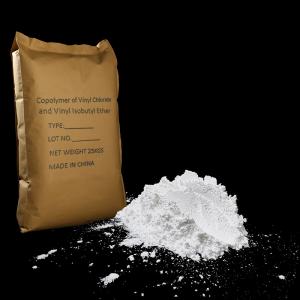
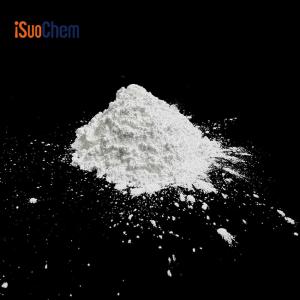
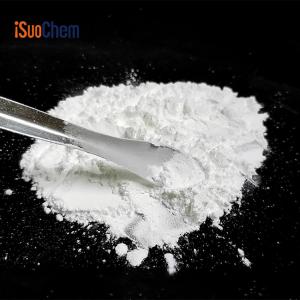
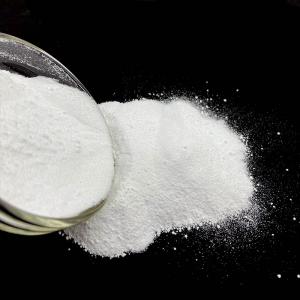
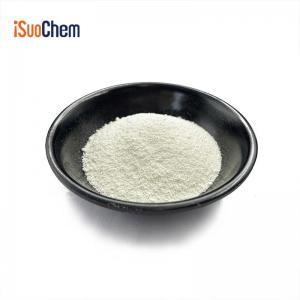
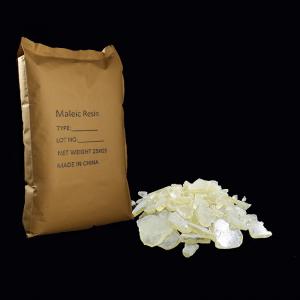
Item No.:
CMP35Brand:
iSuoChemColor:
WhiteAppearance:
Fine powderiSuoChem CMP35 for Paints
Full name: Co-polymer based on vinyl chloride and vinyl isobutyl ether MP35
Equivalent BASF model No.: Laroflex MP35
CMP 35 resin is a chlorinated binder for paints(connecting material).
Molecular structural formula: (O — CH2 — CH(CH3)2 | — (CH2—CH)m — (CH2 — CHCl)n —)
CMP35 Key Features & Benefits
- Excellent Corrosion Protection
- Excellent Solubility
- Competitive price
- REACH certifications
Detailed Photo of CMP35 Resin
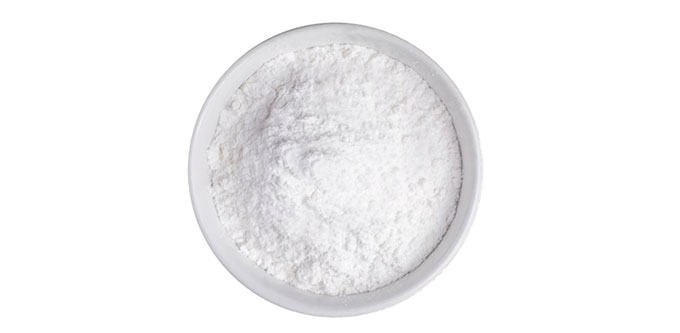
Specifications
|
Code No. |
CMP35 |
|
Appearance |
White fine powder |
|
Viscosity ( at 23℃ in 20% solution in toluene) |
35±5 mPa.s |
|
Cl content |
44±1 % |
|
Moisture content |
0.5% max |
|
Equivalent code |
BASF Laroflex MP 35 |
Applications

|
Coatings |
Anti-corrosion paint, structure paint, wall paint, galvanized steel coatings, Road marking coatings, coatings on light metal, and fire retardant coatings on building materials, deck paints, boat paints, container paints and paints for machine &automobile. |
|
Printing inks |
Major resin for various printing inks |
|
Concrete |
Concrete and asbestos cement |
|
Plastics |
Modifier in rubber & plastic industries |
Packagings
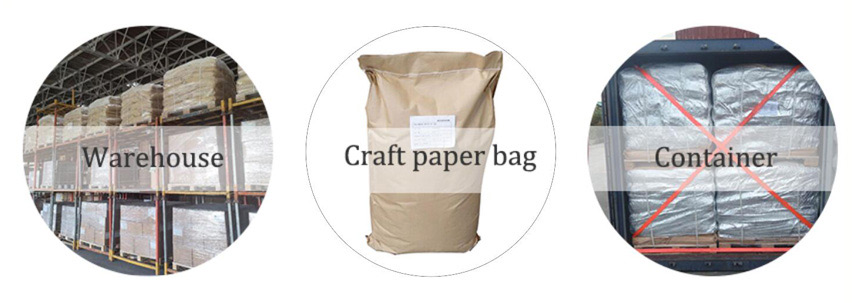
CMP35 packagings
Packed in 20kgs craft paper bag, 14mts/20'fcl without pallet or 12mts/20'fcl with pallet.
What's differences between CMP35 and other CMP grades?
iSuoChem® CMP35 differs from other iSuoChem® grades mainly in solution viscosity and rheology. The differences in the viscosity range are observed in 20% toluene solutions at 23 °C. As the solvent becomes less polar, the viscosity differences increase.